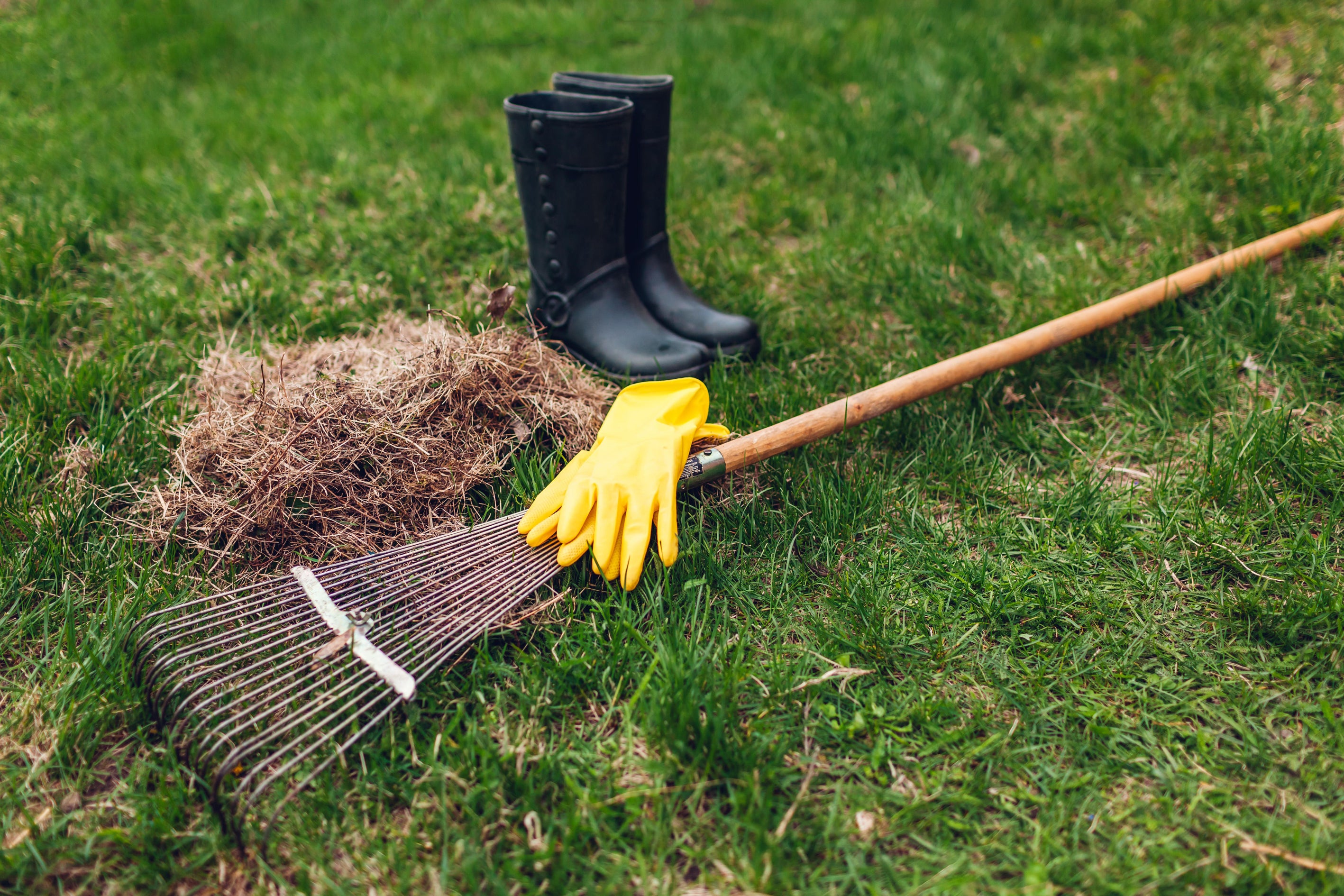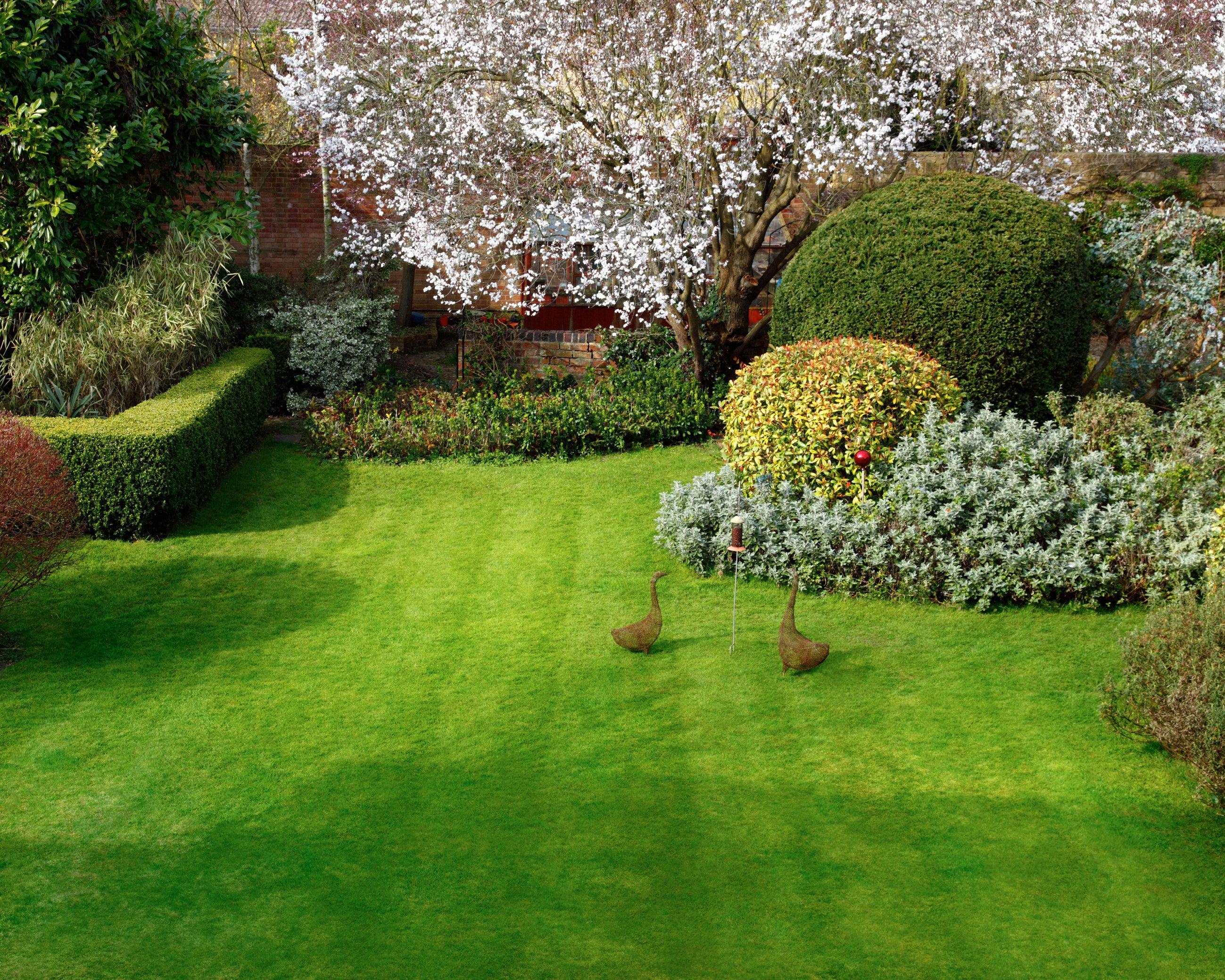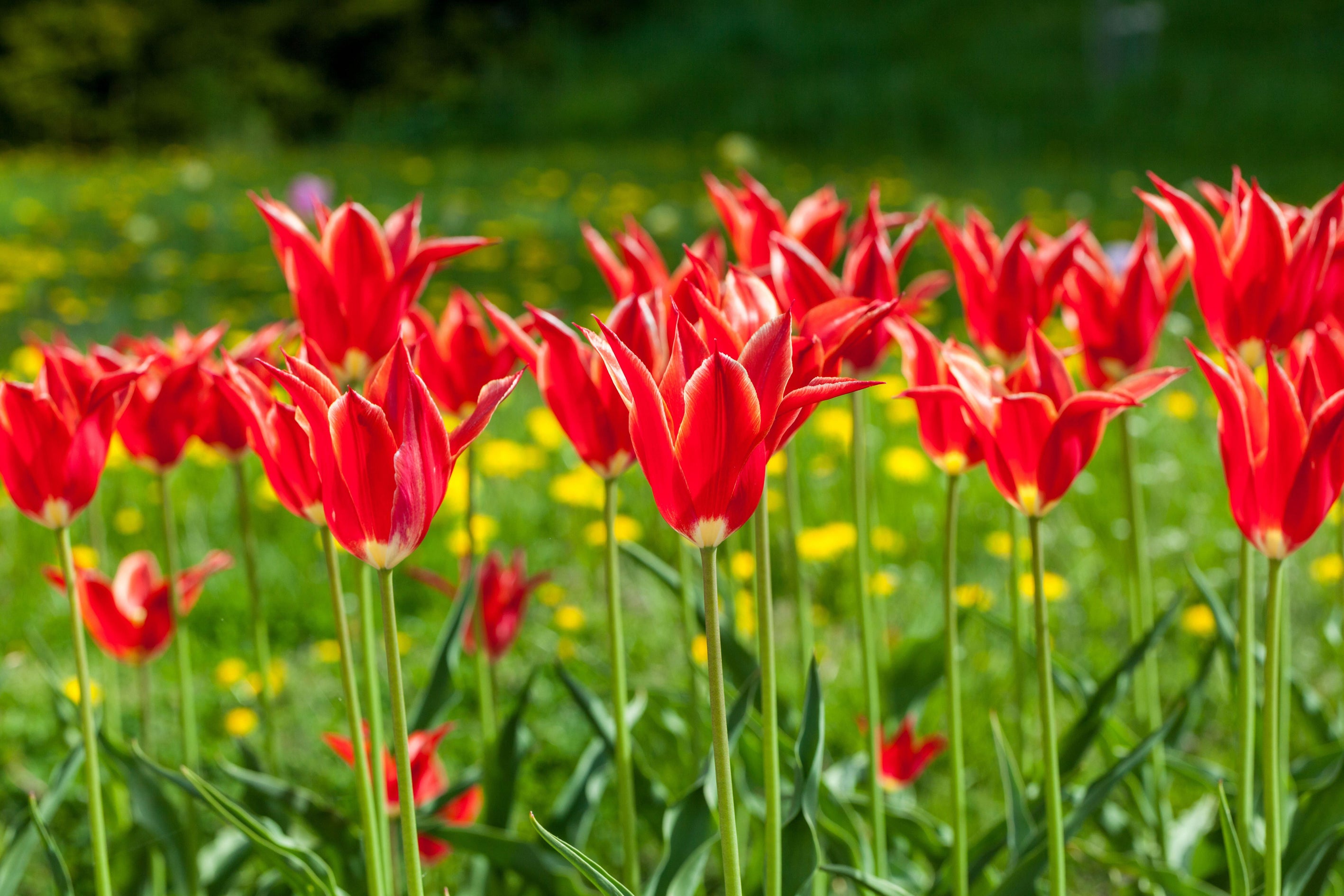
Gardens gift us in so many ways, but one thing’s for sure – they require a lot of tender loving care.
And while we water and nurture beautiful blooms all summer long and embrace outdoor living when it’s sunny, autumn is not the time to take your foot off the gardening pedal. In fact, there are things you can be getting on with now in preparation for the shift in seasons.
“Getting ready for autumn, for many of us, means looking forward to curling up with a cosy blanket and a steaming mug of hot chocolate,” says Kate Turner, of Evergreen Garden Care (lovethegarden.com/uk-en). “The change of season doesn’t mean you can’t still enjoy your outdoor oasis though.”
To make sure your garden’s prepped for the cooler days ahead, Turner suggests the following six things…
1. Deal with thatch
“Thatch is a layer of organic matter that can build up between the leaves and the soil, consisting of dead leaves, grass and root stems,” notes Turner. “The build-up creates a blockage, preventing essential moisture and nutrients from penetrating into the soil and down to the roots.”

She says thatch areas are easy to identify because the ground itself will have a spongy feel, and lack of nutrients will cause dull, dead patches on the lawn.
“The best way to remove thatch is by ‘scarification’, which is the process of raking and removing mulch from the lawn,” says Turner. “There’re a variety of tools available, including a lawn scarifier, that will assist with this process.”
2. Aerate your lawn
Turner says this process allows better penetration of air and water to the root zone of the grass, which is essential for gaining the right nutrients to grow.
“It’s a good way to manage lawns that are affected by drought or water logging,” she says. “Aeration is performed by creating small holes in the soil at certain intervals and depths, and can be done using a garden fork or specially made tools and machines – even aerating shoes are available.”
For most gardens, Turner says this will only need to be done once every few years and small patches of lawn can also be treated individually if required.
3. Feed the grass
“Autumn lawn feeding prepares your lawn for the winter by building up the roots and health of the grass to withstand the cold. It’s important to feed with a specific autumn lawn food, to get the grass ready for the colder, wetter weather of winter and strengthen the lawn ready for spring,” advises Turner.
She says autumn lawn feeds are low in nitrogen, as you don’t want to encourage any soft top growth that can be easily burnt by frost.

Tick off this task and you’ll hopefully be rewarded come next spring.
“Feeding in autumn helps encourage strong root growth,” Turner adds, “so your lawn will recover quickly from a harsh winter and put on lush green growth in spring. Autumn feeding is actually the most important feed and an integral part of lawn care.”
4. Planting prep
Autumn is an ideal time for improving your soil, especially for barren borders and veg patches that are settling down after a busy growing period, she advises. “To get the soil ready for planting, it’s key to prepare the space to free it from weeds and debris, whilst also breaking up the soil structure to help your plants grow their best.”

Using this time to get some good organic material into the soil is ideal. “Homemade compost straight from your compost heap is a great choice, and the composting process can be sped up by using compost maker, as it stimulates bacteria growth from it’s nitrogen rich content,” Turner adds.
Many organic fertilisers and soil improvers are slow-release and long-lasting feeds, she adds, so they can be applied in the autumn months to give the soil a good start for the next growing season in spring. “This is applied by evenly sprinkling the pellets over the soil and mixing in well.”
5. Bring on the borders
Turner’s recommendation? “Get your borders ready to burst with blooms by prepping the area and by digging in Miracle-Gro Premium Border Booster Soil Improver, which is an easy to spread blend of organic nutrients that enriches poor soil and increases yields of fruits and flowers.
“Not only does it improve moisture retention and drainage, but it can also be used as a method of weed prevention. By adding a 5cm thick application of the soil improver to beds or containers, it can aid suppression of weeds.”
Some brilliant bulbs to plant in autumn are daffodils, tulips and crocuses, she says. “And they’re sure to brighten up your beds and borders in the new year, signalling the new season of growth.

“Daffodil ‘February Gold’ is a great pick, with cheery golden-yellow flowers, growing up to 30cm in height, whilst tulip ‘Aladdin’ will bring some dramatic fiery colour in late spring,” she adds. “Easy to plant and incredibly rewarding to watch grow, bulbs prefer a well-drained soil, as too much water can cause the bulb to rot.”
6. Prune roses
If we have a mild autumn, Turner says to keep deadheading your roses to prolong them flowering as long as possible.
“This is especially important if you have climbing roses. Once the rains start to come in, you can ‘tip prune’ to tidy up the plant and reduce the potential for wind rock,” she explains. “The winds in autumn can be quite intense and can actually rock the plants. When the roots are affected, water and frost can get in and cause damage. To tip prune, take the last flower bud and cut back about 10cm from the tip. You should wait until winter when the plants are fully dormant before reshaping,” Turner adds. “There can still be a lot of sap in roses in the autumn.”







